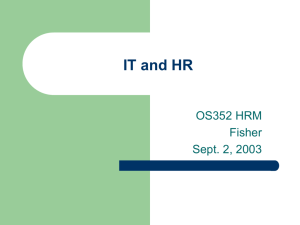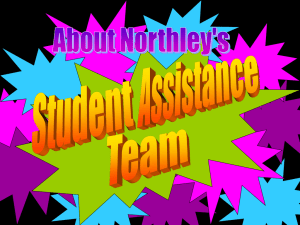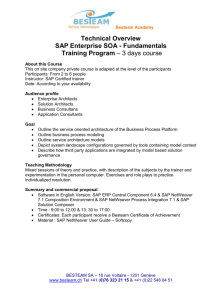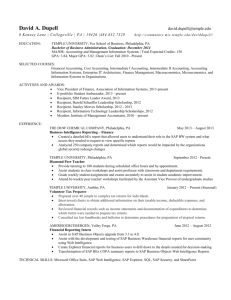School name here - Prevention First
advertisement
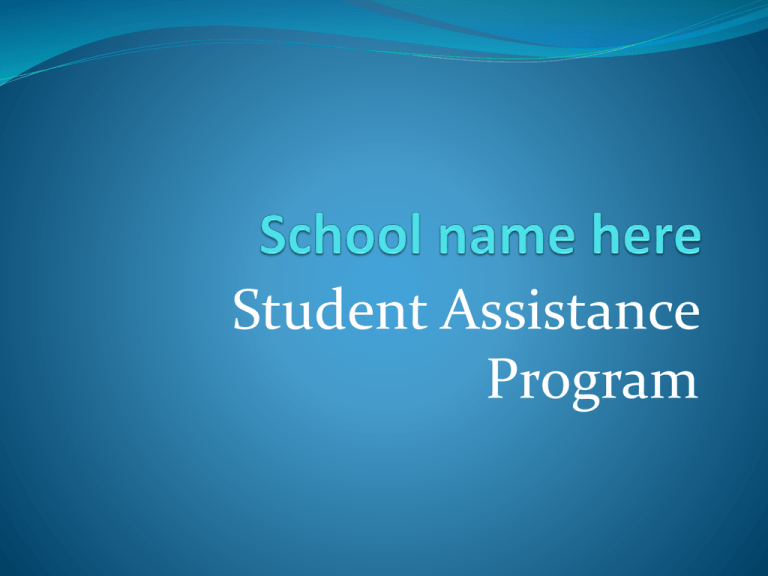
Student Assistance Program “Students who are hungry, sick, troubled, or depressed cannot function well in the classroom, no matter how good the school.” Carnegie Council on Adolescent Development Riley – 17 years old Incarcerated father, Mother deceased, Lives with 26 year old sister that doesn’t want her there, Riley reads at grade level, Math skills are above grade level, Riley often does not have money for lunch, has not had breakfast, doesn’t know where lunch card is, Is often distracted in class, States she feels alone most of the time, Does not interact well with other girls, • Spends a lot of time in independent reading, • Often dresses inappropriately for school, • States that her boyfriend is 29, jealous and sometimes scares her when he is smoking weed. She is afraid he will stop wanting to spend time with her and then she would be alone again. • Wants a lot of adult attention, • Difficulty identifying emotions • Possible older sister gang affiliation What is Student Assistance? Student Assistance Programs are an evidence-based framework to provide prevention, intervention, and support services for students to address non-academic barriers to being successful in school. 45+ year history of success across the U.S. Prevention for all, support for more vulnerable, intervention and additional support for those at highest risk. Builds on what we have that is already working. What is Student Assistance? The ________ Student Assistance Team is a group of administrators, teachers, counselors, healthcare mentors, and community mental health professionals who aim to identify students whose family problems, mental health concerns, alcohol and drug issues cause them to perform or behave poorly at school. Who is our Student Assistance Team? All adults in the building are part of the SAP. We have a trained SAP core team whose members are: What we’ve done so far: Attended two day training presented by the Student Assistance Center at Prevention First Met as a team to apply what we learned including assessing needs and resources. Worked weekly to establish program procedures and processes to build sustainability. What we need for you to do Be good ears and eyes in observing the students. Express your concerns about a student to the Student Assistance team by _______________________ Fill out a data form. Meet with the team to talk about your concerns. What should I look for? • Students in despair • Extreme changes in weight, sleep patterns, grades or attendance • Angry outbursts and serious disciplinary issues • Use of or frequent reference to drugs and alcohol • Irritability, restlessness • Self-injury or talk of same • Use of or frequent reference to weapons or guns • Students struggling with family issues– divorce, grief, loss, illness, mental illness, abuse. How do I refer a student to our SAP? Referral forms can be found in __________ _________ or you can get a copy from ______ ________________. You can return the referral to the mailbox, or drop it in the SAP box located in ______. Then what happens? The SAP confidentially collects relevant data from staff, the student, school records, and may involve the parents / guardians. The SAP uses a problem-solving process to determine what actions should be taken. The SAP monitors the student’s progress. The student’s case manager will let you know the referral has been received. Confidentiality is the cornerstone of SAP. You may not hear anything further specifically about the student’s case. You may be involved in the problem-solving process over a period of time.





